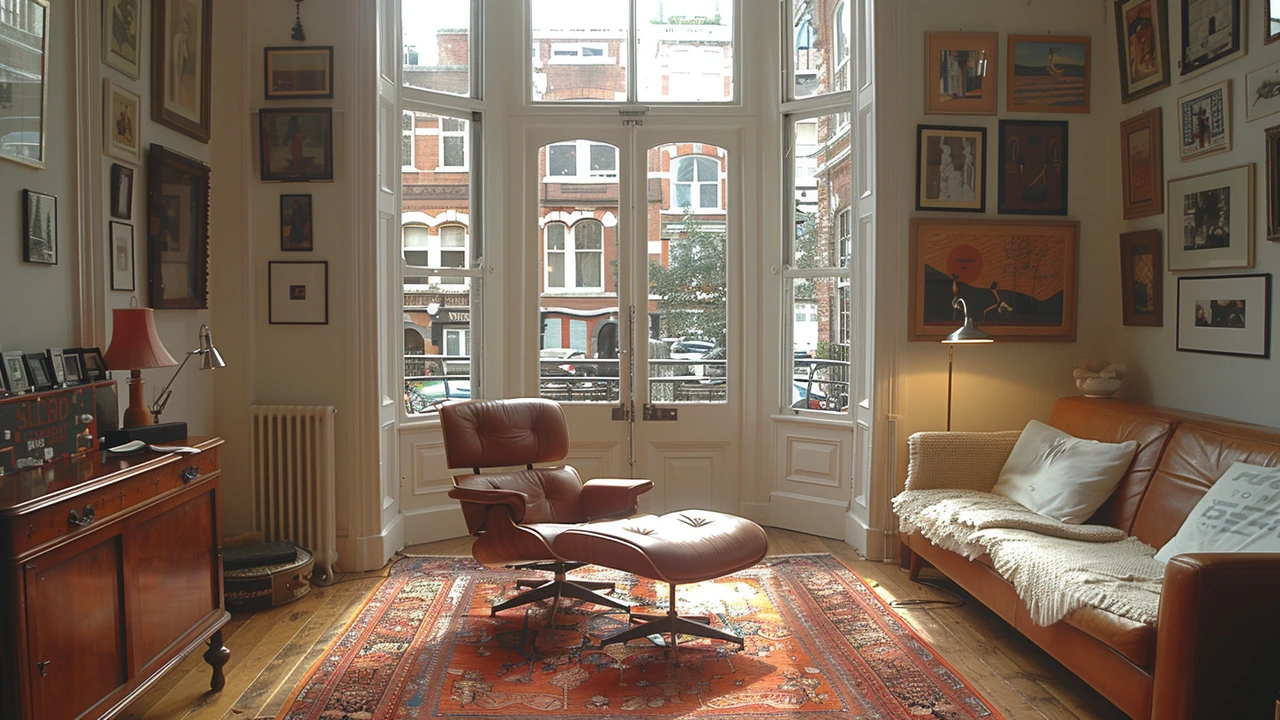Bauhaus design: what it is and how you can use it
Bauhaus wasn’t just an art school — it rewired how people design objects, buildings, and visual systems. If you like clean lines, useful objects, and designs that don’t scream for attention, Bauhaus probably already shapes your world. Here I’ll explain the core ideas fast and give concrete ways to apply them at home, in graphics, and in architecture.
What Bauhaus actually means
At its core, Bauhaus pushes three simple rules: form follows function, honest use of materials, and simplicity. That means designers pick shapes that serve a purpose, not just decorate. Metal, glass, and wood stay true to their look instead of being hidden under fake finishes. Geometry and a limited color palette — think black, white, and primary colors — keep designs readable and calm.
Another key idea is unity: craft and art work together. Bauhaus teachers wanted objects that could be made affordably and used every day — furniture, lamps, posters. That’s why you see the same ideas in architecture, product design, and even web layouts today.
How to use Bauhaus at home and work
Want a quick overhaul without a full remodel? Start with three moves: simplify shapes, limit colors, and choose multifunctional pieces. Replace bulky furniture with slim-profile sofas and tables that have clear legs. Pick one bold accent color (a red cushion or a blue lamp) and keep the rest neutral. Use open shelving and geometric rugs to anchor a room without clutter.
For lighting, pick fixtures with exposed bulbs or simple metal shades. Bauhaus lighting is practical — it focuses light where you need it. In the kitchen, go for flat-front cabinets and handle-free drawers. They look modern and cut visual noise.
Graphic and web design users get huge wins fast. Use grids, clear sans-serif fonts, and plenty of white space. Place elements with purpose: alignment matters more than decoration. For posters or social posts, limit type sizes to two levels and use bold blocks of color to guide the eye.
If you’re shaping a building or renovating a facade, think about clean planes and large windows. Bauhaus architecture favors function: efficient floor plans, simple roofs, and materials that age honestly. You don’t need a full Bauhaus facade to borrow these principles — even a streamlined entry or a band of windows changes the feel.
Curious where to look for examples? Check classic Bauhaus furniture like the Wassily or Barcelona pieces, study Gropius and Mies van der Rohe buildings, or look at modernist posters that use grids and primary colors. On this site you’ll find detailed articles about Bauhaus history, its modernist impact, and practical tips to bring its ideas into your life.
Start small: swap one piece of furniture or redesign a single page with a grid. The Bauhaus approach works best when you focus on usefulness first — beauty tends to follow.

